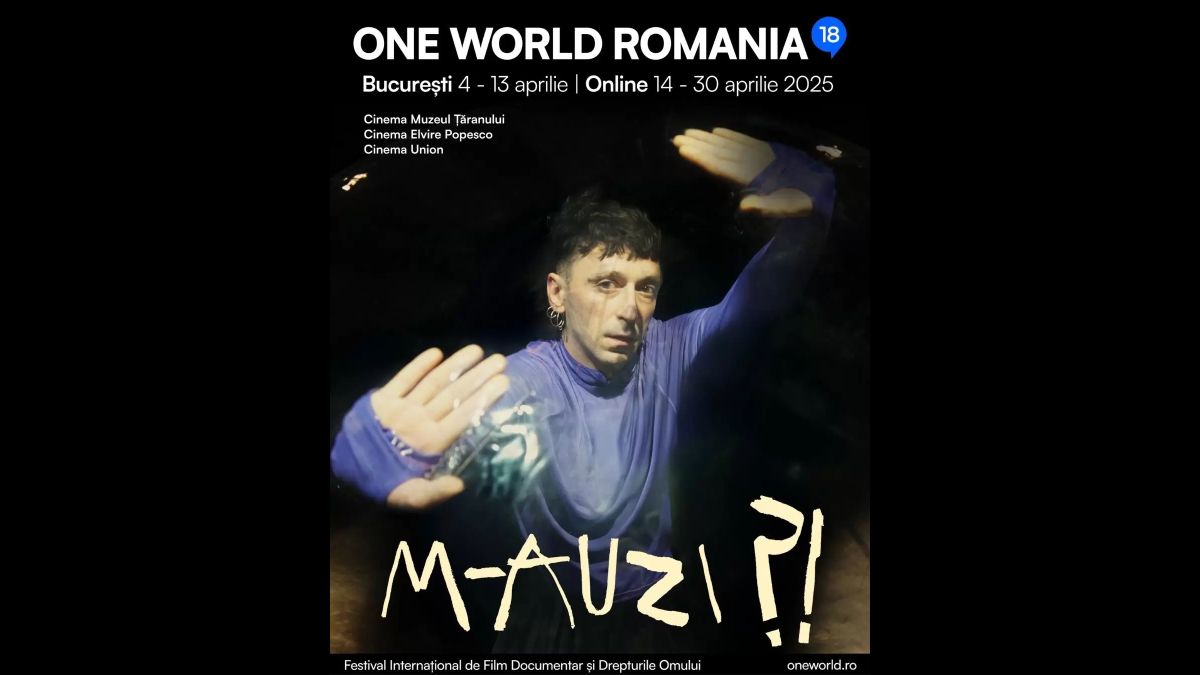The State of Romania’s Healthcare System
Resented by both patients and medical staff, Romanias healthcare system has been recently compared with that of another 34 European states.

România Internațional, 21.01.2015, 13:34
The third edition of “Health at a Glance” a joint publication of the OECD and the European Commission, made public late last year, presents key indicators of health and health systems in 35 European countries, including all European Union Member States, candidate countries (with the exception of Albania due to limited data availability) and European Free Trade Association (EFTA) countries. The selection of indicators is based largely on the European Core Health Indicators a set of indicators that has been developed to guide the reporting of health statistics in the European Union.
The report has revealed a number of positive and negative aspects in all systems monitored, including Romania’s. For instance, life expectancy in EU member states increased by over five yearsbetween 1990 and 2012, reaching up to 79.2 years, but the gap between the highest life expectancy rates, reported in Spain, Italy and France and the lowest, in Lithuania, Latvia, Bulgaria and Romania, has not diminished since the early 1990s. In the case of Romania, a possible explanation for this situation, as the report shows, is the insufficient funds allotted to this sector, below the level of Serbia and Montenegro.
Romania is also the country that conducted the smallest number of MRI and CT investigations. The scarce funds allotted from the budget – 4% of the GDP in 2015 – as well as the small amount that each patient is able to pay, is indicative of Romania’s poorly monitored healthcare system. A direct consequence of this is the high mortality rate due to cervical cancer – the highest in the EU – although this form of cancer is completely treatable if detected on time. This also speaks volumes of the strong connection between a country’s economy and its healthcare system: rich states can provide better medical services, unlike the poorer states, such as Romania. A country with a weak economy is unable to improve its healthcare system.
In Romania, the main source of money for the health sector is the national health insurance fund collecting money from both employers and employees under the administration of the National Health Insurance House (CNAS). The private health insurance system is not widespread in Romania and many patients, about a fifth of the total, are paying for medical services from their own pocket. This informal payment might include some presents to the medical staff, a frowned upon, yet widespread practice in Romania. CNAS head Cristian Vladescu explains that it all boils down to the medical staff’s notoriously low salaries.
Cristian Vladescu: “The importance of Romania’s legal system was recognized several years ago and now its employees enjoy salaries close to the European average. The situation is different when it comes to the country’s medical system. In other words, the social importance of physicians hasn’t been officially acknowledged yet. Only patients have acknowledged the importance of the medical staff. This is one explanation for the informal payment the medical staff gets. However, we need to find short and medium term solutions to better finance the system and increase the staff’s salaries”.
Besides being underpaid, the number of doctors in Romania is very low, with only 2.5 doctors for every one thousand people. The situation is even more serious if we take into account the mass-migration of the Romanian medical personnel.
Cristian Vladescu: “It’s a vicious circle: Romanian physicians are required the same degree of professionalism and effectiveness in saving lives just like their Western colleagues, but at the same time the state treats them and pays them as if they belonged to a less important professional category. This vicious circle was broken after Romania had joined the European Union and physicians started migrating for better jobs. They will continue to leave as there is a large job offer in the West.”
To the same extent to which it depends on economic factors, the organisation and funding of the healthcare system is also shaped by the priorities of each particular state. Although the EU institutions are concerned with the health of the Union’s citizens, as indicated, among others, by a report called “Health At A Glance,” put together by the Commission jointly with the Organisation for Economic Co-operation and Development (OECD), policies cannot be imposed from Brussels and Strasbourg. These institutions can only make recommendations, as MEP Renate Weber explains:
Renate Weber : “Unfortunately, the field of public healthcare, for reasons which honestly elude me, is not included in those areas where unified legislation is applicable across the EU. In this case, the principle of subsidiarity applies, so healthcare and education are areas regulated by the individual Member States. I don’t understand why. If you want a healthy Union in all respects, I believe the health and education of its citizens should be the same in all countries. There are a number of public policy recommendations coming from Brussels, but they are by no means compulsory.”
Setting aside the economic and legislative situation, taking care of one’s own health is a matter of education, of having at least basic knowledge about prevention. Renate Weber:
Renate Weber: “When I speak about education, I’m referring to that type of behaviour that, at public level, should be compulsory, and thus prevent the development of diseases. Indeed, progress has been made in this respect, thanks to the legislation, such as the ban on smoking and the regulations regarding electronic cigarettes. This is a combination of legislation and education.”
As regards other aspects, the “Health at a Glance” report highlights both negative and positive things about Romania. We have the highest rate of mortality in Europe among people suffering from cerebrovascular diseases and the highest rate of child mortality, but we are in a good position with regard to diabetes, as we have the lowest number of type 1 diabetics per 100,000 inhabitants. As regards the consumption of alcohol and tobacco, Romania is below the EU average. Just like Bulgaria and Finland, Romania registers the lowest consumption of fruit in the EU, but we do eat vegetables just like the other Europeans, which is why we boast the smallest number of obese people in Europe.






























